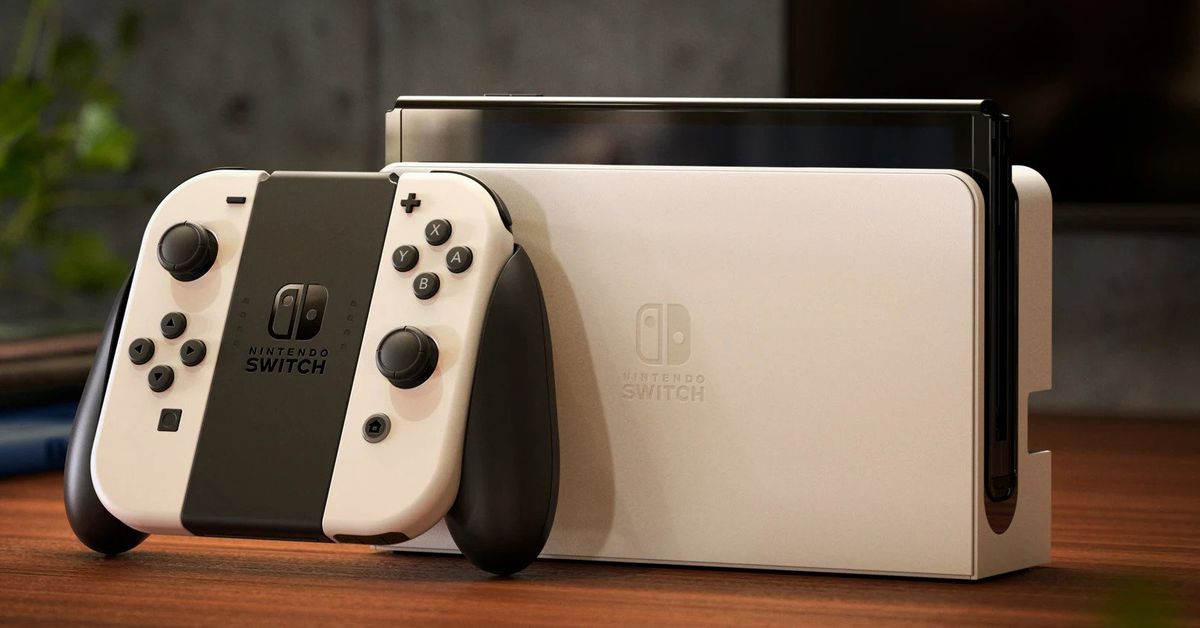World’s first 200TB SSD is nearly here, but you can’t use it
The era of 200TB solid-state drives (SSD) appears to be on the horizon, with a successor to the world’s largest SSD confirmed to be in development.

By
Zak Islam
April 7, 2022 7:15AM 
The era of 200TB solid-state drives (SSD) appears to be on the horizon, with a successor to the world’s largest SSD confirmed to be in development.
Nimbus Data’s 100TB ExaDrive immediately became the biggest SSD in the world when it launched more than two years ago. However, that record will soon belong to its successor, which may even launch sometime in 2022.
 Getty Images
Getty ImagesNimbus CEO Thomas Isakovich told TechRadar that it is actively working on a 200TB SSD. Apart from the obvious jump in storage space, he stated that the product will deliver improvements in both performance and energy-efficiency aspects when compared to the 100TB drive.
Isakovich expects Nimbus will “deliver this next-generation SSD in 2022.” But unless your system is some type of supercomputer, normal PCs will not be capable of installing these SSDs; they’re predominantly designed for the enterprise space such as data centers and the like.
The 100TB ExaDrive features a 3.5-inch form factor, but Isakovich would not confirm whether the same unit dimensions will be replicated for the 200TB version. Elsewhere, Isakovich also remained tight-lipped when he was seemingly queried about the 200TB drive coming with a SATA or SAS interface, and whether it will be developed with the TLC/QLC NAND.
A 2.5-inch form factor is normally the go-to choice for manufacturers, but it’s not likely that Nimbus decides to adopt that design instead for its upcoming monster SSD. As TechRadar highlights, ExaDrive SSDs are largely created to replace existing hard disk drives used by data centers, which indicates that the 200TB drive will retain its predecessor’s 3.5-inch form factor.
Understandably, pricing was another area that was not discussed. Still, judging by the $40,000 price tag of the 100TB ExaDrive, it will inevitably cost a small fortune to get your hands on one.
 Unsplash/Marc PEZIN
Unsplash/Marc PEZINThe future of SSDs
Either way, these solid-state drives are not designed for the consumer PC market. To this end, TechRadar points out that one 200TB SSD can effectively perform the same functionality of countless 3.5-inch hard disk drives that are grouped together, all the while “consuming far less power, requiring less cooling, and dissipating less energy.”
The previous record holders for the largest SSD prior to the arrival of the 100TB ExaDrive belonged to Seagate’s 60TB SAS drive and Samsung’s 30TB solid-state drive, respectively. These products were also aimed at the enterprise market. Currently, the highest-capacity consumer SSD drives offer a few TBs of storage space.
As such, it may take a while before 100TB+ SSDs are introduced to the consumer market. However, as technology continues to evolve at a rapid pace, and with companies constantly pushing the boundaries where tech products are concerned, don’t be surprised if record-breaking, high-capacity SSDs designed for regular systems start becoming more commonplace sooner rather than later.
After all, we’ve already seen some drives, albeit HDDs, reaching the 20TB mark. Moreover, the world’s fastest, highest-capacity (64TB) PCIe SSD was unveiled in 2021.

 JimMin
JimMin 
































